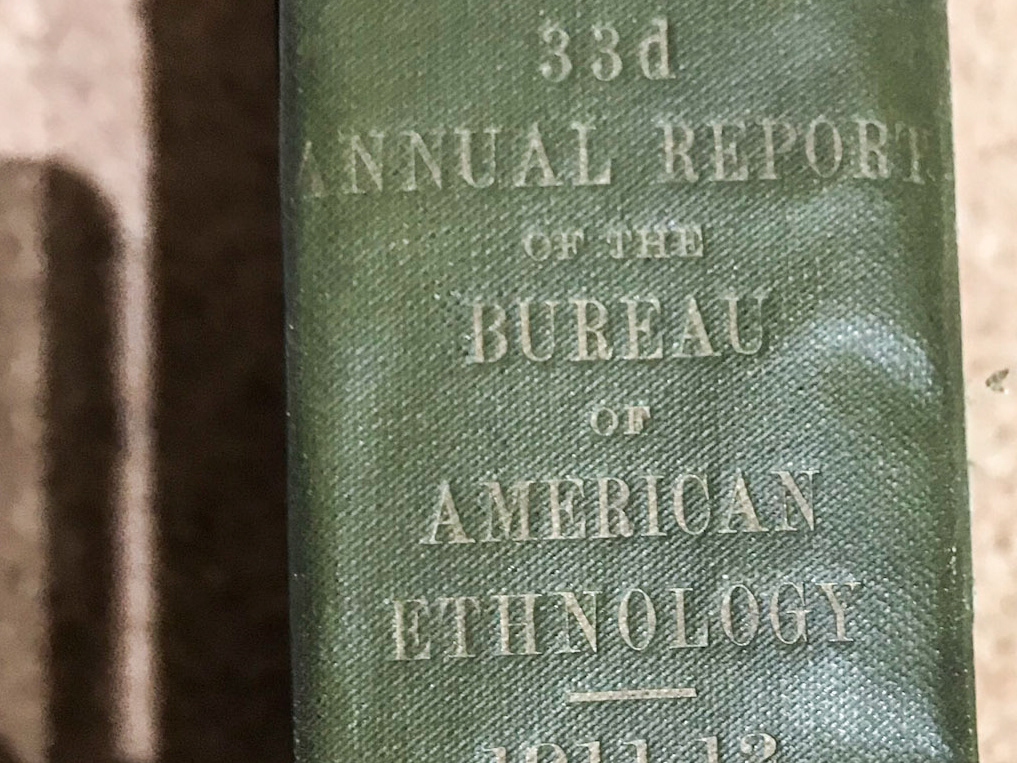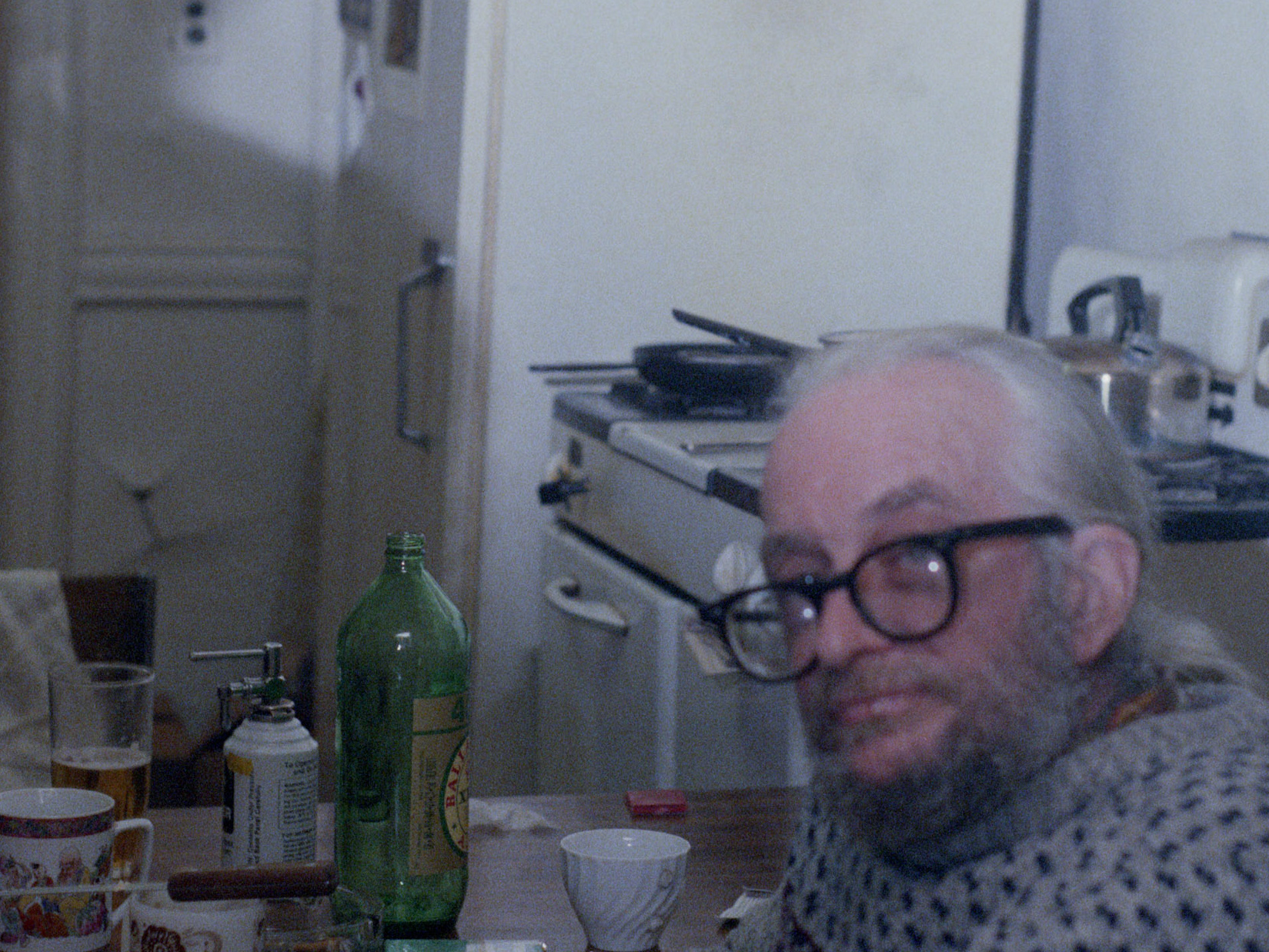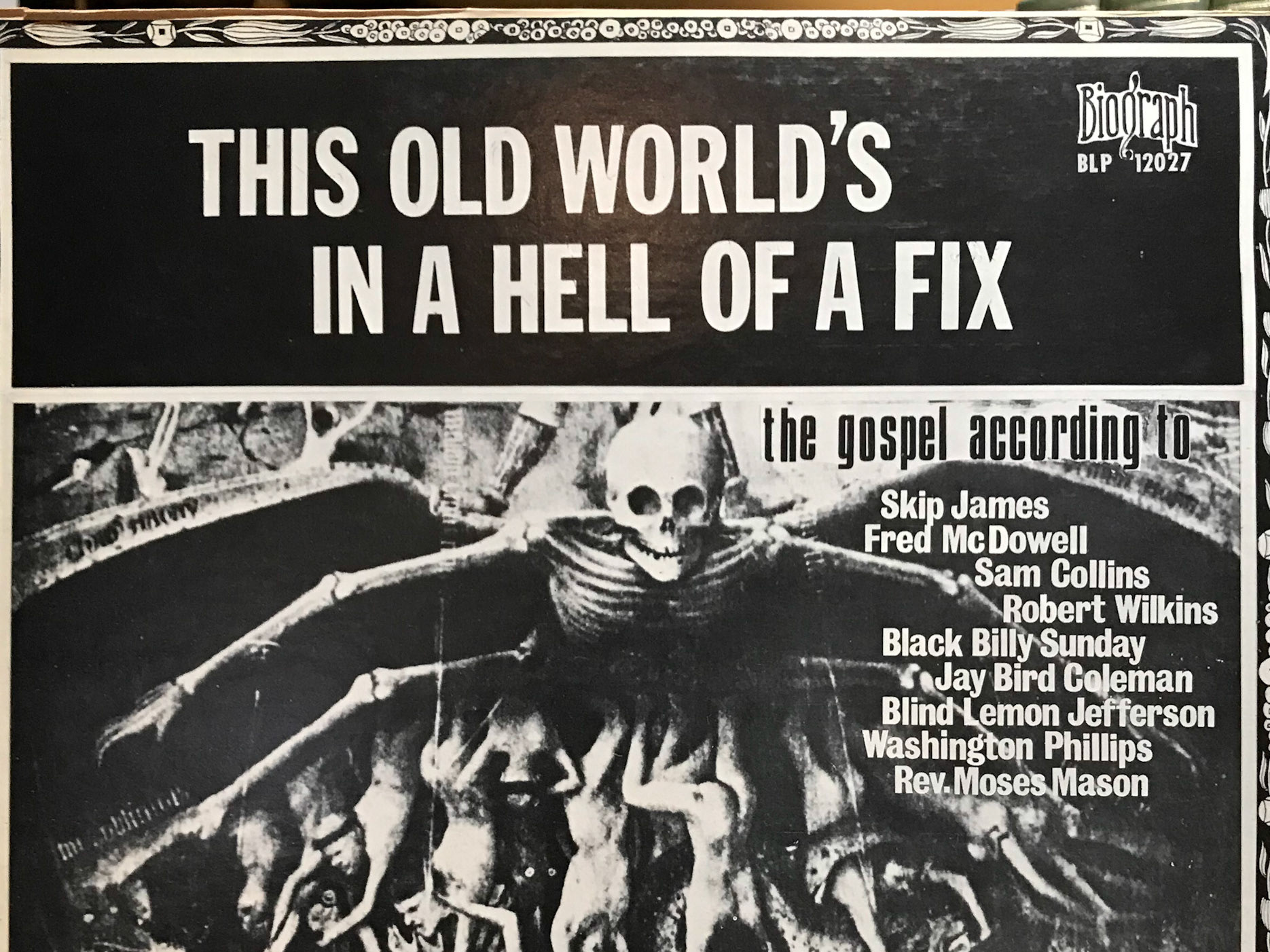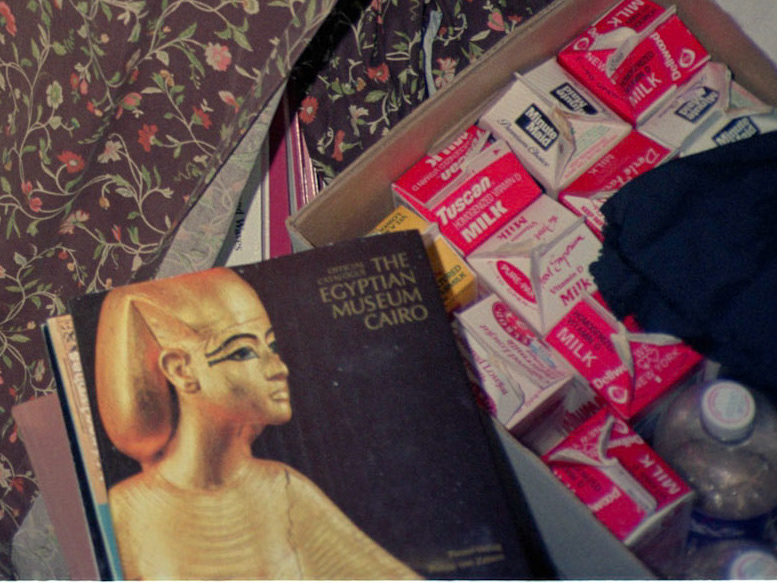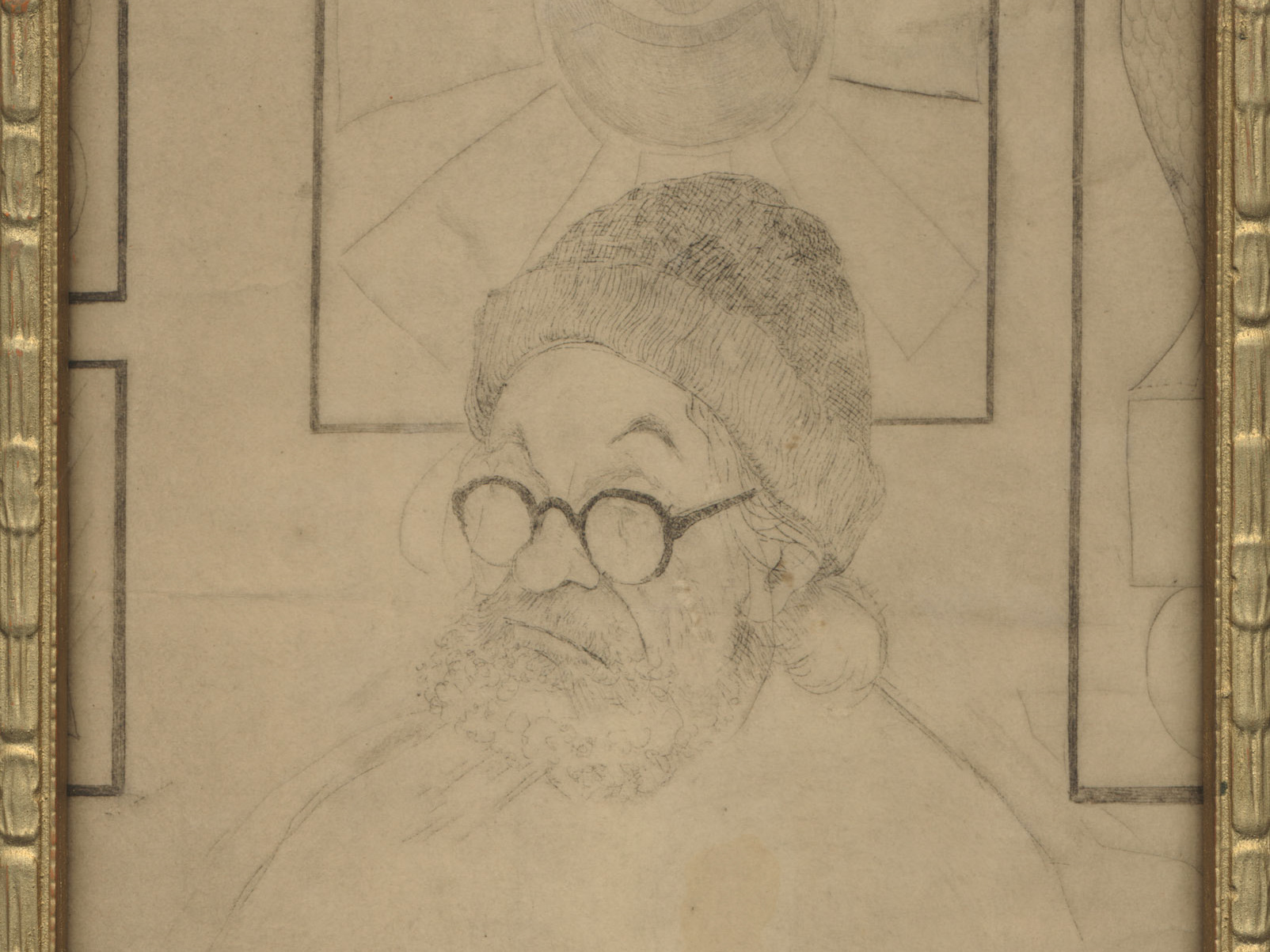33 Tarot and Playing Card Decks, either bought while with Harry or as a result of his input.
A veritable fount of Ancient Survivals - Ancient Universals - Ancient Icons - Ancient Emblems - Ancient Patterns - and Ancient Modes of Thought... Not to mention a living tradition that continues to inspire artists to this day.
Harry said to me, "People who uses these for fortune telling deserve what the get." He said the same thing about the I-Ching and other so-called fortune telling systems. Basically he believed that the system (meaning the cards and their emblems) should be memorized, internalized and used for self-discovery among other enlightenment projects. It can also be used as a memory palace.
The only divination I saw Harry use was bibliomancy- the random opening of a book- and reading of the passage (when I was present, aloud). He would often accompany this act with theatrical gasps and gestures of ominous portent. The act usually portented learning something. I rest my case.



















Above: One of two limited edition Menegazzi (from Milan) decks bought after Harry showed me those in his collection.
(2nd Menegazzi deck below- and one of my personal favorites.)












Above: Facsimile of the Visconti Tarrochi deck (from Milan), a reconstruction of one the oldest known existent. The Visconti-Sforza refers to the 15 incomplete decks known form the 15th century, the Visconti the oldest from 1402.









Enoil Gavat Tarot Deck (1983): containing much esoteric information, including Kabbalah, astrological, even straying into sanskrit. Harry believed that Tarot decks preceded writing in much of, if not all of the Western world, and that the deck itself was the precursor to the bound book. In any case, much like string figures, it served as a mnemonic device for vast amounts of information the adept acquired at the feet of the master. The Tarot that emerged from ancient Egypt may in fact have been a calendric device that held the key to the relationship between the gods and the yearly procession of holidays (or god's days).















Flower Power Deck: Ancient Herbal Remedy Cards (Printed in Hong Kong...1970's?). Compiled by Stephanie Green. This deck is a case in point, containing information usually associated with a book. There is no information about the origins of the remedies, other than the subtitle: Historical Herbal Remedies. Likely take from Culpeper's complete Herbal. The example here underscoring how a deck of cards can be a very effective and inexpensive way of disseminating information.









Lenormand Deck. Marie Lenormand (1772-1834) was a French fortune teller during the Napoleonic era, and one of the most influential cartomancers of all time. Said to have given advice to luminaries such as Marat, Robespierre, Empress Josephine and Tsar Alexander, in retrospect this is probably not the best advertising for her work.







Another example of playing cards used for inexpensively transmitting information. A handout from Japan Airways: Mandarin Chinese - Japanese, basic phrases for the traveler. (English? No, Japanese!)
On a related theme, tales are told of people using a regular set of playing cards as a sort of memory theater for Biblical stories.
















Shakespeare Tarot deck, or Romeo & Juliet Tarot. Italy, by Luigi Scapini 1990. Styled after Rennaissance decks.






















Thoth Tarot of Lady Frieda Harris and Aleister Crowley. One of the most popular decks; Italian version. (Unopened)
























Pino Zac; above and next (3) below below. French. Bought with Harry at US Games Systems outlet. (1981-83) Certainly one of his favorite artists at the time.

















































































Spanish playing cards, or the Lower Arcana.






























































































